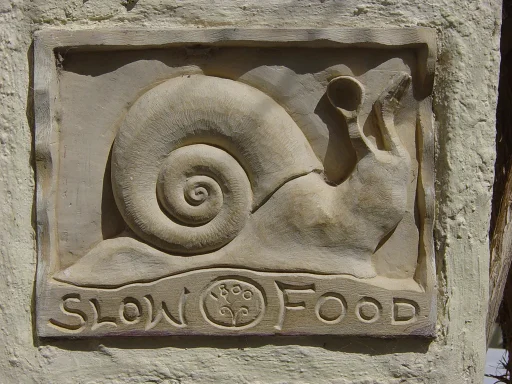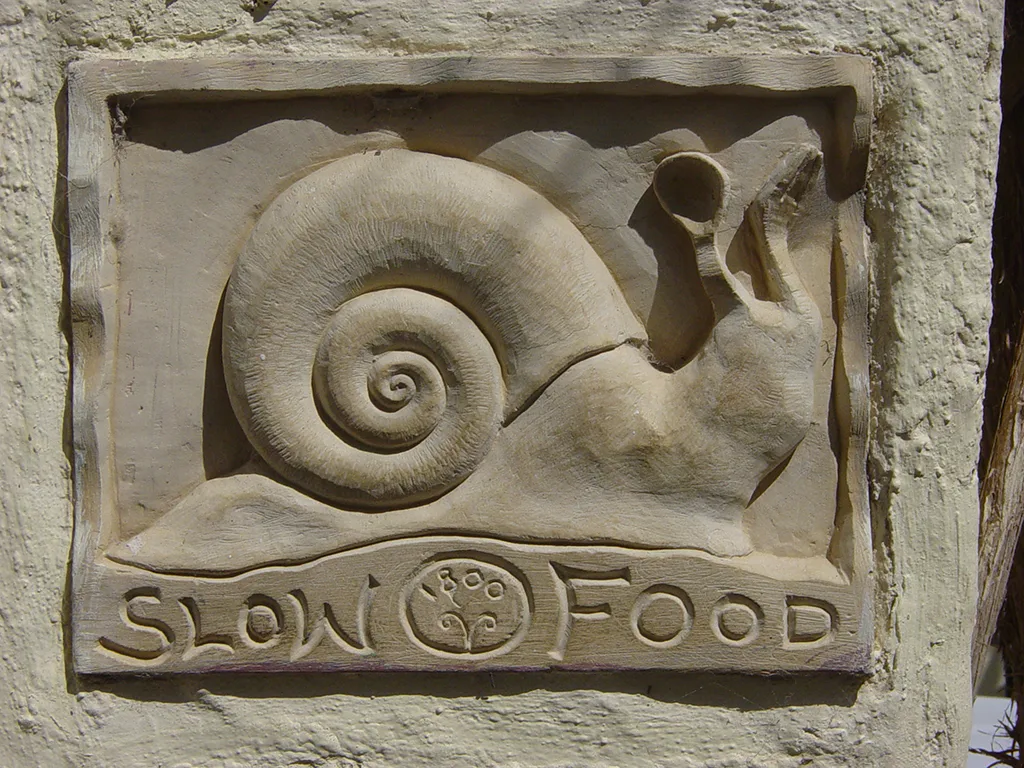
Origins and Principles: From Ancient Tao to Modern Tables
When I first started on the Chang Ming diet, one principle I tried early on was chewing every mouthful of food 50-100 times. This principle is sometimes called “drink your food and eat your drinks” because every mouthful turns to water if you chew it enough. This also stimulates the production of saliva, which is the first stage in the digestion process, and also stimulates the digestive process further down the line by preparing the stomach and intestines for what is to come. Another surprise was using chopsticks, and I noticed early on that I was often the last one to finish; chopsticks make eating more difficult but also slow the process down and involve more focus on the actual act of eating. Chee Soo pointed out that there are no teeth in your stomach, and since I have learned much more about the principles of Taoist Chinese medicine, I have come to understand how important it is to take time to eat. This means taking time to prepare a meal properly, which not only means cooking according to Chang Ming’s principle to preserve the nutritional content of the food but also making sure it is presented properly to stimulate the taste buds and aid digestion. I learned this in my student days working in a restaurant kitchen to supplement my income between term times. Fast food may be more convenient in the short term, but we have to consider the trade-off is loss of quality and how the result is obesity or, conversely, malnutrition. We do not consider an obese person as being undernourished, but what we are seeing is an overemphasis on certain types of food, which tends to lead to a lack of essential minerals and vitamins, fibre, and other holistic aspects in our diet. Consequently, the body must suffer.
The Slow Food movement, born in Italy in the late 20th century, and the Ch’ang Ming diet, rooted in ancient Taoist principles, both champion the return to a diet that emphasizes natural, locally sourced foods. While Slow Food emerged as a response to the fast food culture, advocating for good, clean, and fair food, Ch’ang Ming draws from the Taoist diet practised for centuries in China. Chang Ming focuses on natural foods long before the advent of fast food and chemical additives and is deeply intertwined with ancient Taoist Chinese medicine principles. When Chan Lee came to London from China in the 1930s, he used his knowledge of herbalism to adapt the Chang Ming diet to the local diet in Britain. This is an important principle to understand correctly: The diet varies depending on the locality, so it does not necessarily mean eating or avoiding certain foods. What is appropriate to a tropical country may not be so good for a cold northern European climate; the same goes for eating food in or out of season. If we are not aware of the origins of our food we risk tricking our body into thinking it is summer when it is winter or vice versa, the consequence of this can lead to illness when our body fails to respond properly to the environment. This is a basic principle in Chinese Medicine.
Ch’ang Ming is not an elitist or culinary-based diet but is grounded in the wholesome foods of common people, reflecting the Taoist belief in living harmoniously with nature. Both movements are committed to sustainability, health, and preserving culinary traditions. They encourage a thoughtful approach to eating, emphasizing the importance of consuming foods that are beneficial to personal health but also to the health of the planet. By advocating for organic, pesticide-free produce and ethically sourced meats, these movements align with the Taoist philosophy of balance and harmony, fostering a deep connection between individuals and their food sources.
Global Impact and Health Benefits: Nourishing Body and Community
The Slow Food movement and the Ch’ang Ming diet share a transformative power, extending their influence far beyond their origins to inspire a global community. Both advocate for practices that nourish the body and fortify the bond between people and the planet. This synergy between ancient wisdom and modern advocacy has heralded a resurgence in the appreciation for traditional foodways, underscored by a commitment to environmental stewardship and health.
Health benefits are central to both philosophies, advocating diets rich in organic, unprocessed foods. This approach supports physical well-being, with reduced risks of chronic diseases and mental health, promoting a balanced lifestyle in tune with natural rhythms. The emphasis on whole, nutrient-dense foods, minimally processed and free from artificial additives, aligns with contemporary nutritional science and ancient Taoist insights, offering a path to longevity and vitality.
As these movements gain traction, they underscore a critical re-evaluation of global food systems, championing sustainable agriculture and ethical food production. The ripple effect is evident in the growing demand for local, sustainably produced food, encouraging a shift towards practices that reduce environmental impact and promote biodiversity.
This global narrative interweaves the personal and communal, highlighting how individual choices can collectively foster a healthier, more sustainable world. Through education and advocacy, Slow Food and Ch’ang Ming illuminate the path towards a future where food is a source of sustenance and a catalyst for healing and connection.
Economic, Social, and Environmental Dimensions: A Holistic Approach
Integrating Slow Food and Ch’ang Ming principles into our daily lives presents a multifaceted approach to food that transcends mere consumption. Economically, these movements champion the cause of small-scale producers, injecting vitality into local economies and encouraging consumers to invest in their communities. This ethos nurtures a market for foods that are both good in quality and ethically produced, supporting fair trade and equitable compensation for farmers and artisans.
Socially, Slow Food and Ch’ang Ming act as catalysts for community engagement, bringing people together through shared meals and food-related events. These gatherings become a celebration of cultural heritage, fostering a sense of belonging and mutual respect among diverse groups. The communal aspect of food preparation and consumption, deeply rooted in Taoist principles, encourages a mindful appreciation of the sources of our sustenance and the labour that brings it to our tables.
Environmentally, the emphasis on sustainable, organic farming practices and local sourcing reduces the carbon footprint associated with food transport and production. By advocating for biodiversity and preserving heirloom varieties of plants and animals, these movements contribute to the health of our planet. The principles of Slow Food and Ch’ang Ming thus reflect a deep ecological consciousness, recognising the interdependence of human and environmental health.
This holistic approach embodies a profound respect for the natural world, aligning with Taoist teachings of living in harmony with nature. It offers a blueprint for a sustainable future, where food is a bridge between cultures, generations, and ecosystems, healing both the earth and its inhabitants.
Challenges, Criticisms, and Practical Applications: Real-world Insights
Addressing the challenges and criticisms faced by both Slow Food and Ch’ang Ming, affordability and accessibility are significant concerns. Despite these hurdles, both movements offer actionable advice for individuals looking to incorporate their principles into daily life.
Prioritising seasonal and locally available produce can reduce costs and support local economies. Engaging in community-supported agriculture (CSA) schemes or frequenting farmers’ markets are practical ways to access fresh, ethically produced food. Reducing meat consumption and focusing on plant-based meals can also align with health and environmental goals.
Furthermore, cooking from scratch, while time-consuming, fosters a deeper connection with food and can be more economical and healthier than relying on processed alternatives. Planning meals and reducing food waste are additional steps that resonate with the ethos of both movements, emphasising respect for the resources we consume.
These strategies demystify adopting a more sustainable and health-conscious approach to eating, showcasing that meaningful change can start with simple, everyday choices.
Future Outlook and Convergence: The Path Forward
Looking ahead, the convergence of Slow Food and Ch’ang Ming with the broader sustainability and health movements indicates a promising direction for the future of food culture. The increasing public interest in where and how food is produced suggests a shift towards more conscious consumption patterns that could profoundly impact global food systems.
Technological advancements and innovative farming techniques offer new opportunities for making sustainable and healthful food more accessible to a wider audience. Urban farming and vertical and community gardens are examples of how cities can embrace biodiversity and local production principles, even in densely populated areas.
Educational initiatives and digital platforms play crucial roles in spreading the message of Slow Food and Ch’ang Ming, empowering individuals with the knowledge to make informed food choices. As these movements evolve, their integration into policy and public discourse could pave the way for a more equitable and sustainable food landscape.
The journey towards a holistic approach to eating, grounded in the wisdom of the past and the present innovations, invites a reimagining of our relationship with food. It’s a path that promises enhanced personal and planetary health and a deeper sense of community and connectedness at the global table.
In crafting this exploration of Slow Food and Ch’ang Ming, we’ve woven a narrative highlighting the importance of sustainable, ethical, and health-conscious food choices and inviting readers to consider their relationship with food holistically. This journey into the heart of two movements that span cultures and centuries reminds us of the power of collective action and individual choice in shaping a future where respect for the earth and each other is paramount. As we look forward, let’s embrace the wisdom of the past and the innovation of the present to nourish our bodies, our communities, and the planet we call home.
Read more…
https://www.slowfood.com/about-us/
Chang Ming Taoist Diet


Leave a Reply